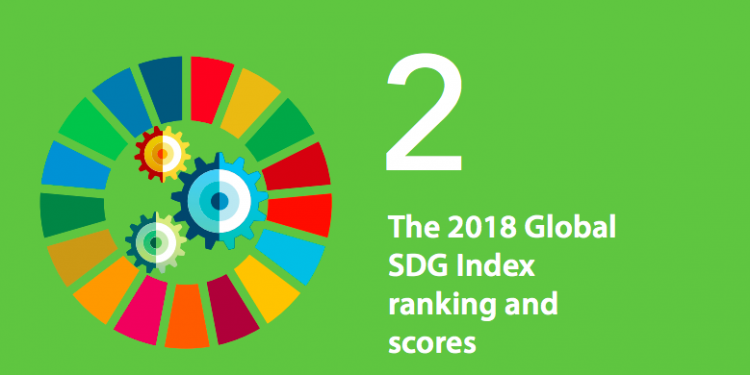According to the SDG Index and Dashboards Report 2018, Kenya ranked 119 globally with a score of 56.8. African countries ahead of the East African nation include Morocco (66.3), Tunisia (66.2), Mauritius (64.5), Egypt (63.5), Gabon (62.8), Ghana (62.8), South Africa (60.8), Namibia (58.9), Zimbabwe (58.8), Botswana (58.5), and Senegal (57.2).
The Sustainable Development Goals (SDGs) were adopted by the United Nations member states in 2015 and are supposed to be achieved by 2030.
“For the first time, we are able to show that no country is on track to achieve all the goals by 2030. For example, Sweden, Denmark, and Finland top the 2018 SDG Index, but they need to significantly accelerate progress towards achieving some goals, including Goal 12 (Sustainable Consumption and Production) and Goal 13 (Climate Action),” the report observes.
Kenya could make more progress on the SDG index if it implements the Big Four agenda which focus on universal healthcare, food security, manufacturing, and food security.
Global Performance
According to the SDG Index, which scores countries on a scale of 0 to 100, indicates that Sweden is closest to achieving the goals with a score of 85 followed by Denmark, Finland, Germany, and France at 84.6, 83.0, 82.3, and 81.2 respectively.
The report indicates that Sub-Saharan countries face various challenges in achieving the SDGs and should fast track goals such as ending extreme poverty and poor nutrition, increasing access to health care and education, enhancing access to infrastructure, reducing high-income inequality, and ensuring sustainable urban development.
The report also shows that Nigeria accounts for 19 per cent of the global gap to achieving SDG 1 on eliminating extreme poverty while Kenya contributes 2.3 per cent.
The report notes: “[Nigeria] together with the Democratic Republic of Congo and India account for more than one-third of the global achievement gap for SDG 1.”
Moreover, most developing countries have made significant progress in eliminating extreme poverty in all its forms such as undernourishment, income poverty, access to health and education services, income poverty, and access to basic infrastructure, the report states.






